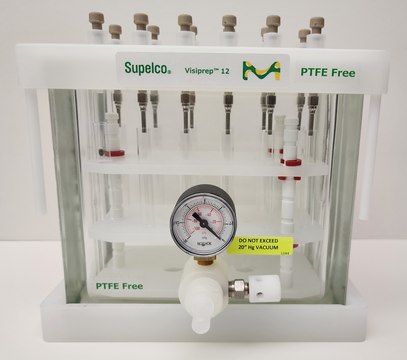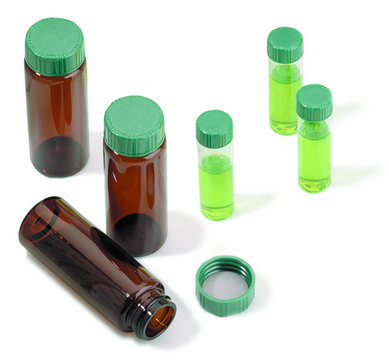About This Item
Recommended Products
Quality Level
assay
98%
mp
167-171 °C (lit.)
functional group
carboxylic acid
SMILES string
Cc1cnc(cn1)C(O)=O
InChI
1S/C6H6N2O2/c1-4-2-8-5(3-7-4)6(9)10/h2-3H,1H3,(H,9,10)
InChI key
RBYJWCRKFLGNDB-UHFFFAOYSA-N
Looking for similar products? Visit Product Comparison Guide
Related Categories
1 of 4
This Item | 27134 | 27150-U | 27172-U |
|---|---|---|---|
| feature closure type green melamine solid-top cap, closure type screw top vial | feature closure type green melamine solid-top cap, closure type screw top vial | feature closure type green melamine solid-top cap, closure type screw top vial | feature closure type green melamine solid-top cap, closure type screw top vial |
| volume 15 mL | volume 2 mL | volume 7 mL | volume 22 mL |
| fitting thread for 18-400 | fitting thread for 8-425 | fitting thread for 15-425 | fitting thread for 20-400 |
| material F217/PTFE cap liner, clear glass vial, PTFE liner, green melamine resin cap (solid-top) | material F217/PTFE cap liner, PTFE liner, clear glass vial (standard opening - 4.6 mm), green melamine resin cap (solid-top) | material F217/PTFE cap liner, PTFE liner, clear glass vial, green melamine resin cap (solid-top) | material F217/PTFE cap liner, PTFE liner, clear glass vial, green melamine resin cap (solid-top) |
| packaging pkg of 100 ea | packaging pkg of 100 ea | packaging pkg of 100 ea | packaging pkg of 100 ea |
| O.D. × H 21 mm × 70 mm | O.D. × H - | O.D. × H 17 mm × 60 mm | O.D. × H 23 mm × 85 mm |
General description
signalword
Danger
hcodes
Hazard Classifications
Eye Dam. 1
Storage Class
11 - Combustible Solids
wgk_germany
WGK 3
flash_point_f
Not applicable
flash_point_c
Not applicable
ppe
dust mask type N95 (US), Eyeshields, Gloves
Choose from one of the most recent versions:
Already Own This Product?
Find documentation for the products that you have recently purchased in the Document Library.
Our team of scientists has experience in all areas of research including Life Science, Material Science, Chemical Synthesis, Chromatography, Analytical and many others.
Contact Technical Service




